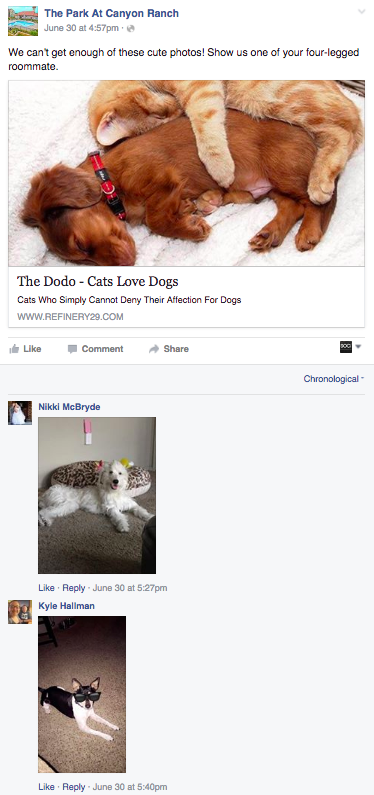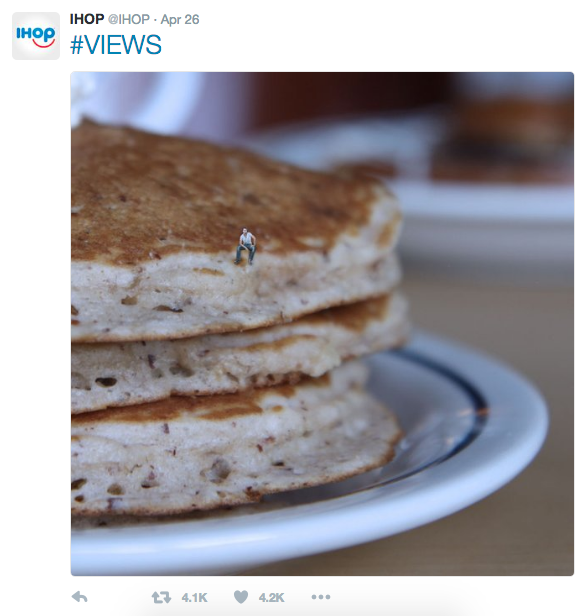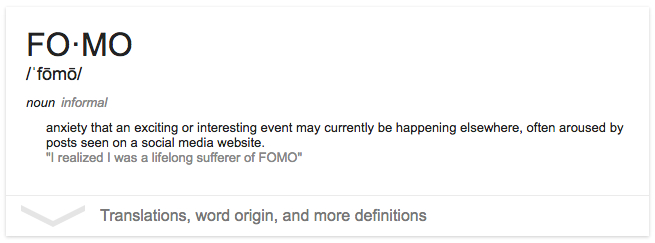Let’s face it — the right brain dominates when it comes to social media marketing. Engagement on social media is most often the result of an emotional trigger, rather than a logical one. So while you can’t force your audience to Like, comment or share a social media post, by harnessing the power emotions, you can definitely encourage them to.
Types of Engagement: Broadcasting vs. Narrowcasting
Emotional contagion is the key to engaging and viral content. It’s a domino effect — when we see something on our social feeds that makes us smile, we share it, and then someone in our network sees it, smiles and shares it too. The cycle of engagement infinitely continues.
However, with different emotions, come different levels of engagement. On one hand, positive emotions, such as happiness and amusement, are broadcasted, meaning that they are shared with a much larger audience. Broadcasting typically happens in the form of a Facebook share or Twitter retweet.
On the other hand, negative emotions, including fear, are narrowcasted, meaning that engagement occurs within a smaller audience. When it comes to narrowcasting, social posts aren’t typically shared; engagement occurs in a much more narrow scope, such as in the comment box of a Facebook post.
Whether narrow or broad, all types of engagement are desirable. By taking a deeper look at these emotions, we can learn how to execute them properly.
Social Media’s Most Arousing Emotions
Happiness
There’s no denying that traditional news outlets (and now, many social feeds) are flooded with negativity. Hence, when themes of progress and possibility pop up on social media users’ screens, they are quick to engage. It’s only natural to want to share happiness with the rest of your network.
“When Facebook removed positive posts from the news feeds of more than 680,000 users, those users made fewer positive posts and more negative ones. Similarly, when negative posts were removed, the opposite occurred.” – LIVESCIENCE
To no surprise, posts with an “awe” factor also perform well. Got an opportunity to post a cute photo of puppies or kittens? Jump at it!
Amusement
Everyone loves a good laugh. Squeezing a pun, joke or pop culture reference into your copy is a great and easy way to make your audience giggle. However, as always, make sure that any strategy you’re looking to implement is appropriate and relevant to your audience. We’ve already seen this vital practice in Taco Bell’s social media strategy.
In this tweet, IHOP does a fantastic job at merging a pun and pop culture reference. Their Twitter and its sense of humor largely caters to the millennial audience.
Remember to stay away from any humor that can be taken offensively. A good rule of thumb: If you’re questioning whether or not it’s offensive, it’s probably offensive.
Fear
Don’t let this scare you off too quickly — when we say “fear,” we mean “FOMO,” otherwise known as the fear of missing out.
The utilization of FOMO in social media posts points to three crucial concepts: scarcity, urgency and exclusivity. By creating scarcity, you’re making your audience aware that there is a small amount of something. Additionally, urgency pushes your audience to act quickly. Lastly, by pointing to the exclusivity of something, you’re showing your audience that they are special if they choose to engage.
The following copy, for example, exemplifies the use of fear in creating a sense of scarcity, urgency and exclusivity: “Only a few hours of Halloween left! We’d like to see a photo of the coolest costume before the day ends!”
Can you spot the three concepts of FOMO in this copy?
FOMO is a pivotal tool when it comes to social media marketing, because it’s a call to action in itself. By highlighting what your audience is (or will potentially be) missing out on, you’re simultaneously presenting how they can instantly fill that void.
When you appeal to your audience emotionally, there’s a much higher chance that they’ll remember you. Nobody remembers a dull Facebook post or tweet, but we all surely remember that one Facebook video that made us laugh.
Try incorporating some of these emotions into your next social media post and let us know how it goes.


